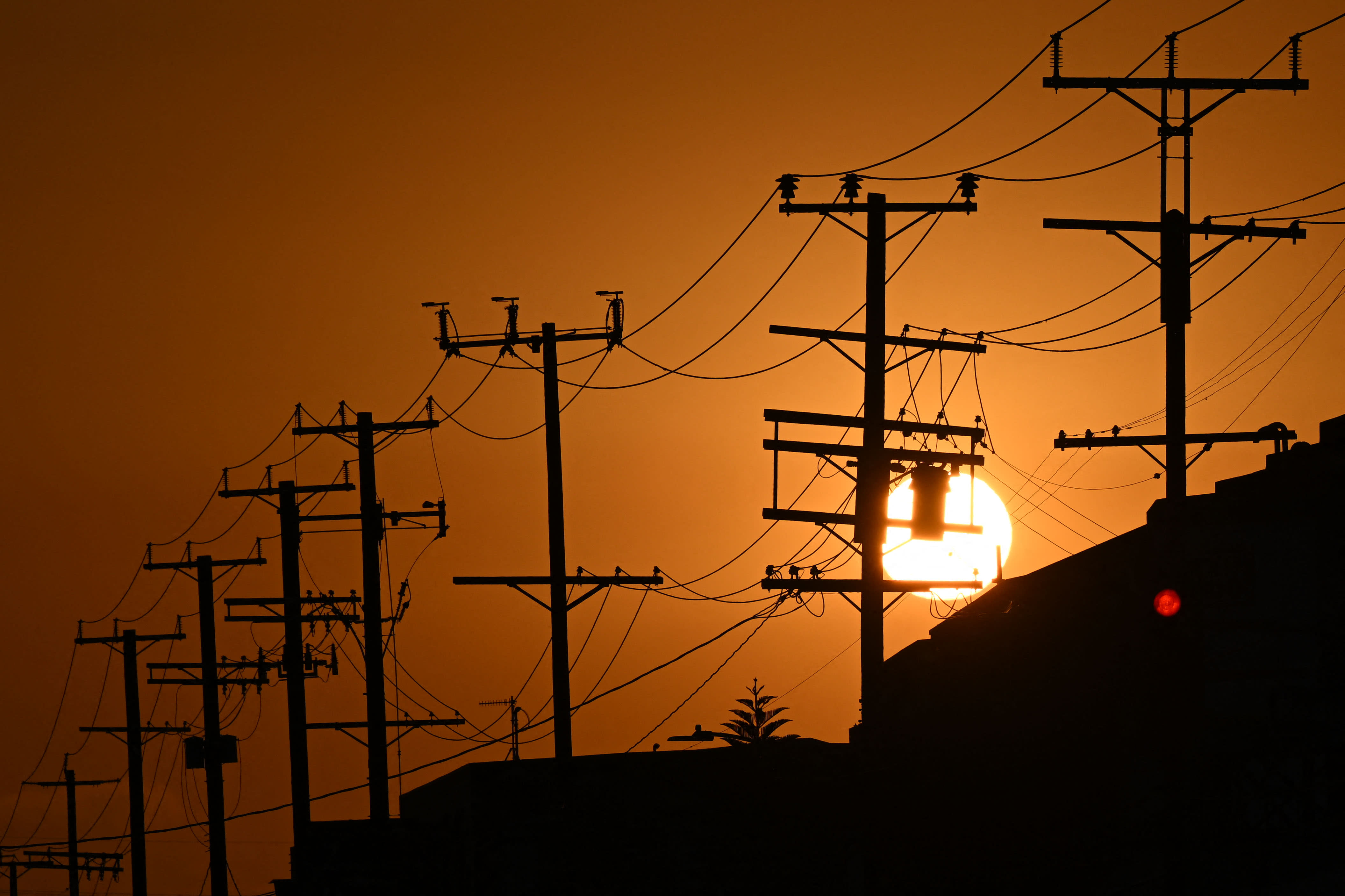Scorching heat across the U.S. already has caused more than a dozen deaths in Texas alone and led to mounting misery for millions of people from the Pacific Northwest to the South.
And the official end of summer is still months away.
Here’s a guide on how to keep cool and stay safe in the punishing temperatures as the latest heat wave ravaging the country spreads east.
WHY IS EXTREME HEAT DANGEROUS?
Get Connecticut local news, weather forecasts and entertainment stories to your inbox. Sign up for NBC Connecticut newsletters.
Heat kills more Americans than any other weather event, including tornadoes and flooding, even though most heat-related deaths are preventable through outreach and intervention, according to the Environmental Protection Agency.
“Heat is the silent killer. No one thinks about it,” said Ben Zaitchik, a professor and climate scientist at Johns Hopkins University whose research includes heat waves. "It’s getting hotter just about everywhere. That means even without a particular weather phenomenon, like what we’re seeing in Texas right now, we’re seeing temperatures we aren’t used to, and that in its own right is a risk.”
The body normally cools itself by sweating, but extreme heat can interrupt your ability to do that, potentially leading to heat exhaustion or heat stroke, organ failure or death.
Older adults, young children and people with chronic illnesses like diabetes are most at risk. But that doesn't mean healthy people are immune, said Ashley Ward, director of Duke University’s Nicholas Institute for Environmental Policy Solutions.
The heat can have adverse effects on people who work or exercise outdoors, for example, and also homeless people or those without efficient air conditioning or any at all.
WHAT ARE THE SIGNS OF HEAT-RELATED ILLNESS?
You might be experiencing a heat stroke if your body temperature reaches or surpasses 103 degrees. Other symptoms include nausea, headaches, thirst and a fast and strong heart rate.
The Centers for Disease Control and Prevention says heat stroke is a medical emergency and recommends that people with symptoms call 911.
Symptoms of heat exhaustion include heavy sweating, muscle cramps, dizziness, vomiting and cold, pale or clammy skin. The CDC says you should seek treatment if such symptoms worsen or last more an hour.
More warm weather safety tips
WHAT IF I DON'T HAVE AIR CONDITIONING AT HOME?
Spending just a few hours in an air-conditioned space can help your body stay cooler when you go back into the heat, according to the CDC. So take advantage of public spaces with air conditioning, like libraries and shopping malls.
During the day, cover your windows, turn off the lights and avoid using the stove or oven. If you live in a dry area, hang wet towels to cool the room.
At night, if temperatures drop, keep your windows and shutters open.
Ward, the Duke researcher, said it's also important to think outside the box if you don't have air conditioning. After taking a cool bath or shower, for example, sit in front of a fan while your skin is still damp.
She also recommends soaking your feet above the ankles and arms above the elbows in cool water for 10-15 minutes.
If you only have one fan, Ward said, prioritize creating a cool sleeping space rather than common areas.
“This is when your body really recovers from heat exposure during the day,” she said.
WHAT IF I HAVE TO BE OUTSIDE?
Stay hydrated, and don’t wait until you’re thirsty to drink fluids.
Limit your sun exposure by staying in the shade or using an umbrella. Wear sunglasses and a wide-brimmed hat or cap.
If you work outside and have access to cool water, consider soaking your shirt and repeating the process every hour or whenever it dries out, Ward said.
Homeless people should reach out to shelters for information on local resources, including temporary cooling centers.
DO I HAVE TO WORRY ABOUT BURN INJURIES?
Doctors at Arizona and Nevada burn centers have warned of injuries from contact with superheated roads and other surfaces.
This can happen, for example, if you collapse from dehydration or heat stroke and can't get up off the hot ground.
But burns can also come from touching hot surfaces like leather seats or poolside concrete, so be careful when reaching for a metal door handle or a seat belt buckle and when getting out of a pool.
HOW DO I KEEP MY PETS SAFE?
Schedule your outdoor walks for when it’s coolest, like the early morning or evening, and protect your furry friends’ paws with breathable shoes.
Keep pets inside if you can, and if they must go out, make sure they have access to shade.
“A doghouse by itself is not shade,” Ward said. “That’s an oven.”
Never leave a pet in a hot car.



